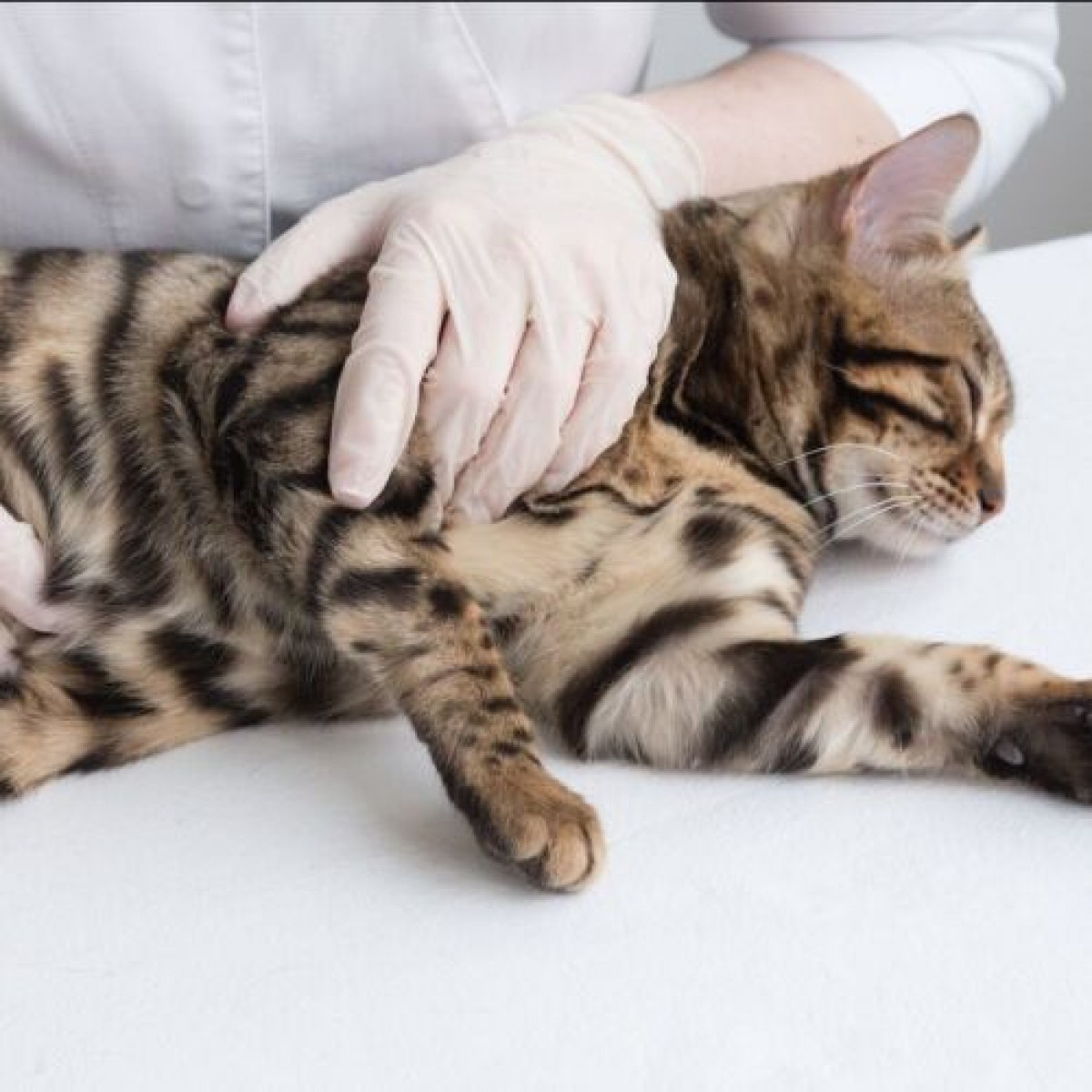A new tool helps to recognize mild lameness in horses
The Ridden Horse Pain Ethogram is based on 24 behaviors that are 10 times more common in horses with a limp.
Mild lameness can be difficult for horse owners to detect. With this in mind, veterinary specialists recently developed a tool to help owners recognize this lameness. The tool, called the Ridden Horse Pain Ethogram (RHpE), collects 24 behaviors that are 10 times more likely in horses with a limp. When anesthesia (e.g., nerve or joint block) was used to eliminate pain, these behaviors decreased.
Some examples of behaviors included in the RHpE include:
- Changes in head position during movement.
- Ears turned back or flat.
- Closed eyelids, frequent blinking, repeatedly exposing the whites of the eyes or glassy expression.
- Frequent opening of the mouth, protruding tongue.
- Shake the tail during transitions.
- Abnormal changes in gait, stumbling, irregular rhythms, speed changes.
- Refusing to move, fidget, or shake.
To develop the RHpE, the horses were examined and videotaped as they walked, trotted, and galloped. From the observation of these behaviors, a numerical scale was applied. Scores of 8 or more on the 24-point scale reflected the presence of musculoskeletal pain.
When the RHpE was applied to a group of 60 sporting horses and riding school horses, 73% showed low-grade lameness in one or more limbs (lameness grade 2 or less on an 8-point scale). RHpE scores ranged from 3 to 16, with a mean score of 9 out of 24.
“The behaviors included in the RHpE should be considered a sign of chronic distress rather than normal behavior in pain-free horses. Once these behaviors are recognized as abnormal, lameness can be addressed, and the horse's well-being and performance improved, ”advised Kathleen Crandell, Ph.D. of Kentucky Equine Research.














List
Add
Please enter a comment